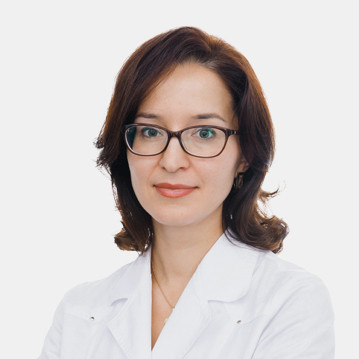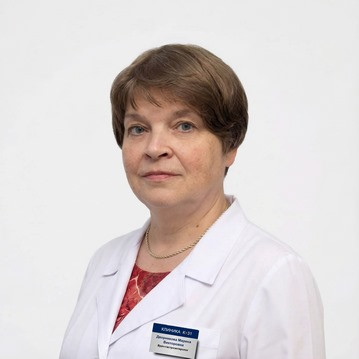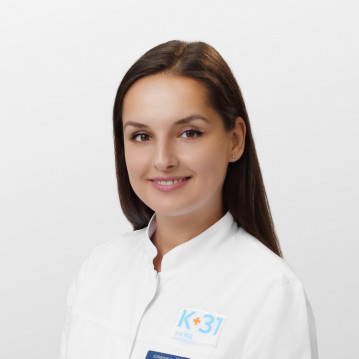Diverticulitis is a condition in which the wall of the large intestine (in its sigmoid part) bag-like protrusions - diverticula are formed.
The risk group includes people over 60 years old, people with a hereditary predisposition, as well as those who have concomitant diseases (obesity, diabetes and hypertension).
Definition of diverticula
Diverticula are sac-like protrusions of the intestinal wall. They can be small (2-3 mm in diameter) or quite large (up to several centimeters). Sometimes food accumulates inside the diverticula, causing them to become inflamed.
True diverticula of the colon are a protrusion of all layers of the intestinal wall, and false ones are formed only from the mucous membrane and submucosal layer.
There are 3 forms of diverticular bowel disease:
- Asymptomatic diverticulosis. This is the initial form of the disease. Bowel diverticula are already present but do not cause any noticeable symptoms. Often this form is detected by chance, during diagnostic studies for other reasons.
- Clinically pronounced intestinal diverticulosis. Symptoms of diverticular disease appear, such as problems with stools (constipation or diarrhea), flatulence, and pain in the lower left abdomen.
In diverticular disease (third form), inflammation of the walls of the diverticulum is observed. Against this background, severe pain occurs, often accompanied by fever, nausea and changes in the stool. If such symptoms occur, it is necessary to consult a doctor without delay, as a delay in treatment can lead to serious consequences and complications.
How does diverticular disease manifest?
As the diverticulosis of the colon progresses, there are noticeable pains in the abdomen. They are either continuous or intermittent. Pain is not always acute, but at the same time they significantly reduce the quality of life. Usually they are diving or pulling in nature and depend on the location of the diverticula:
- Close to the bladder. Pain appears in the suprapubic region. Additional symptoms include frequent visits to the toilet and a feeling of incomplete emptying of the bladder.
- In the area around the navel. The pain is concentrated in the central part of the abdomen and radiates to the back.
- Close to the stomach. Pain is present in the upper abdomen (epigastric region).
Complications of diverticular disease are manifested by nausea, repeated vomiting, blood in the stool, and problematic defecation. In such cases, the patient requires urgent hospitalization.
















